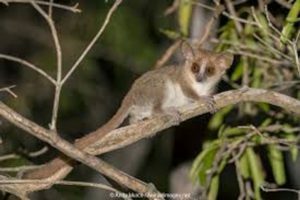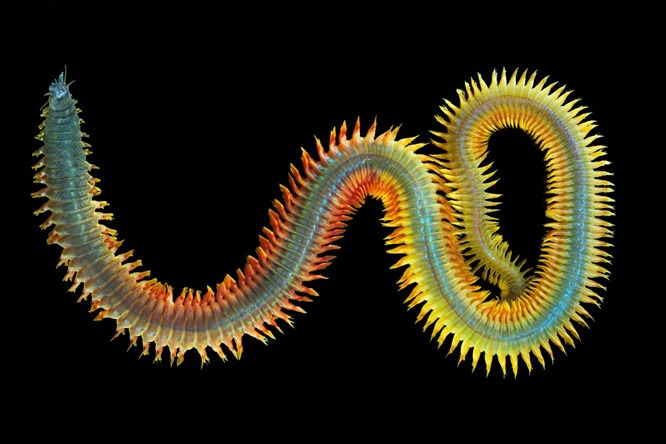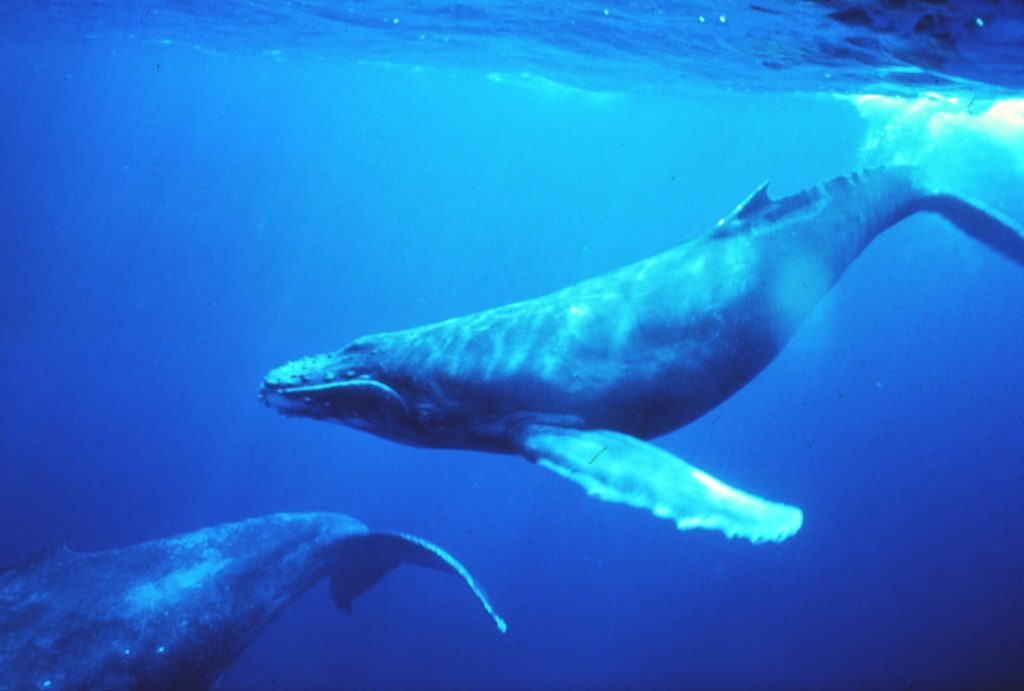You can find snakes all across the world. They pose a great threat to humans, particularly in rural areas where they are most prevalent. According to the World Health Organization (WHO), there are over 3,000 species of snakes in the world, of which poisonous snakes are 600 in number and over 200 are deemed medically significant (WHO). Here, we will look at some of the world’s most venomous snakes.
Which snake is the deadliest in the world?
Considered the world’s most venomous snake, Australia’s rare and reclusive Inland Taipan (Oxyuranus microlepidotus) strikes with one or more bites when provoked. Not only is the Inland Taipan’s venom very poisonous, but it also contains an enzyme that aids in the venom’s absorption into the victim’s body. However, people rarely encounter the Inland Taipan. Furthermore, it is not particularly aggressive, except, of course, toward its prey, which consists primarily of small and medium-sized mammals like the long-haired rat.
Australia contains what other poisonous snakes?
Eastern Brown Snake (Pseudonaja textili)
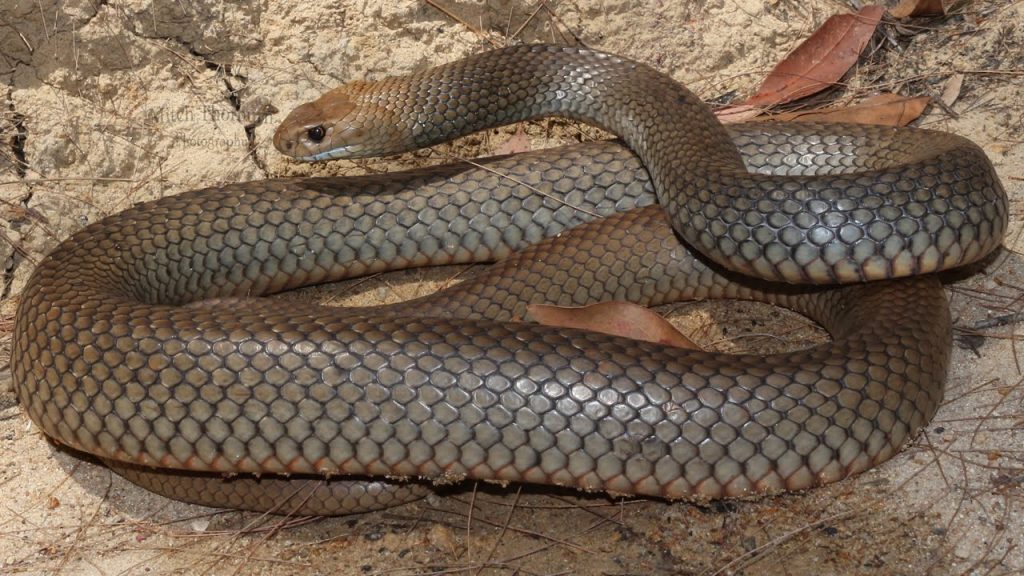
The Eastern Brown snake is found along Australia’s east coast, from far north Queensland, down through New South Wales, Victoria, and into South Australia. Furthermore, it is responsible for nearly 60% of all fatal snake bites in Australia. Adults may reach two metres in length and are quick and aggressive. Eastern Brown snakes also have the second-most poisonous bite of any terrestrial snake.
Western Brown Snake (Pseudonaja mengden)
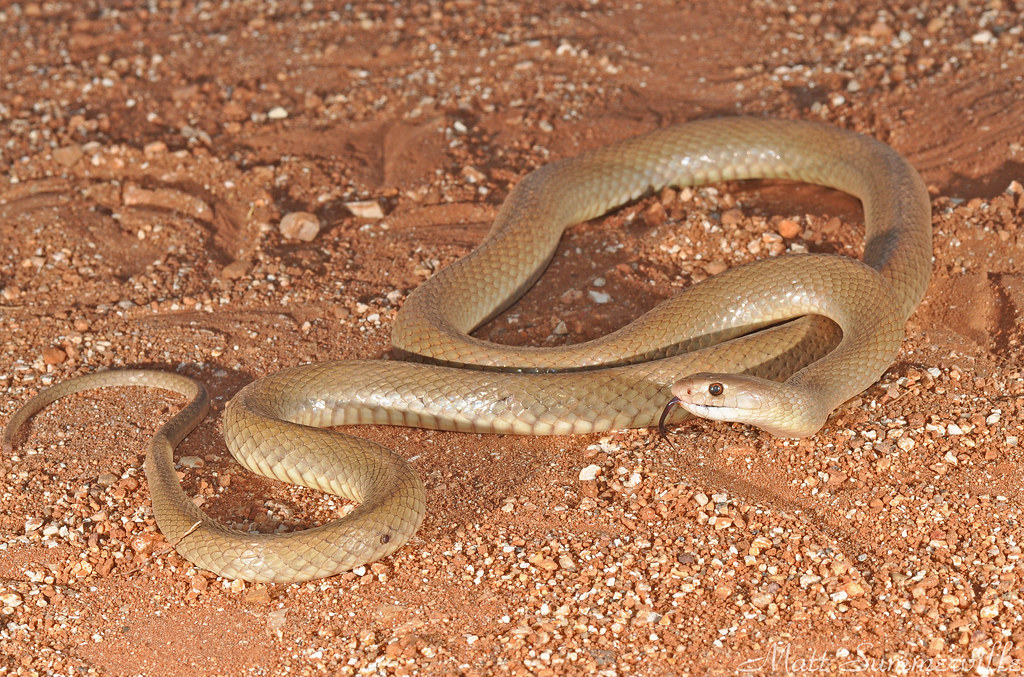
You can find the Western Brown snake, often known as the Gwardar, all across Australia. It prefers arid environments as well as eucalypt forests, woods, and grasslands. While its venom isn’t as strong as that of its eastern relative, the Western Brown delivers three times the venom in a bite, causing nausea, headaches, and stomach pain in humans, but paralysis can occur in cats and dogs.
Coastal Taipan (Oxyuranus scutellatu)
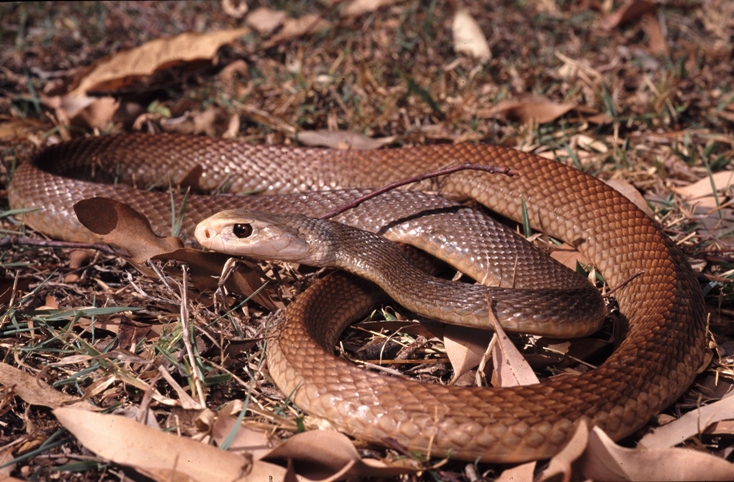
Coastal Taipan, in contrast to its shy cousin, the Inland Taipan, are an aggressive species with the third deadliest venom of any terrestrial snake in the world. They reside in northern as well as eastern Australia, may grow to be two metres long and have the largest fangs of any Australian snake, measuring 12mm. When confronted, the Coastal Taipan will strike with ferocity, injecting a neurotoxin that causes headaches, nausea/vomiting, convulsions, paralysis, internal bleeding, as well as kidney damage in a matter of seconds.
Tiger snake (Notechis scutatus)
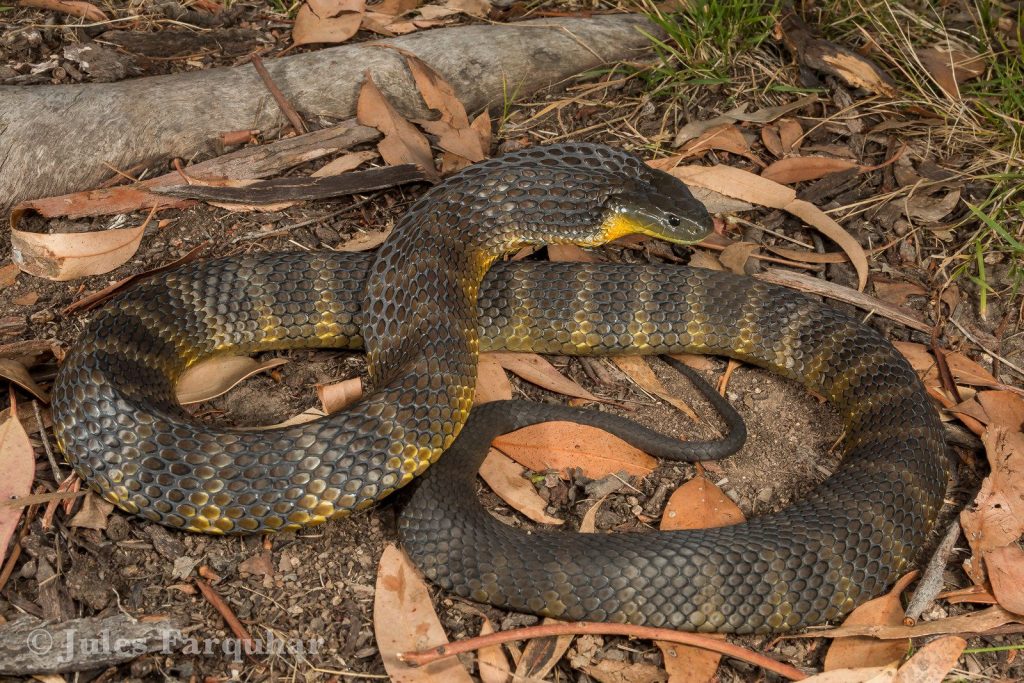
Tiger snakes can be difficult to recognise due to colour and pattern variations. However, they are frequently stripped, as the name implies. You can find the Tiger Snake throughout southern Australia, including Tasmania as well as the Bass Strait coastal islands. Its venom is extremely neurotoxic, with a fatality rate of 40 to 60 per cent if untreated.
Common Death Adder (Acanthophis antarcticus)
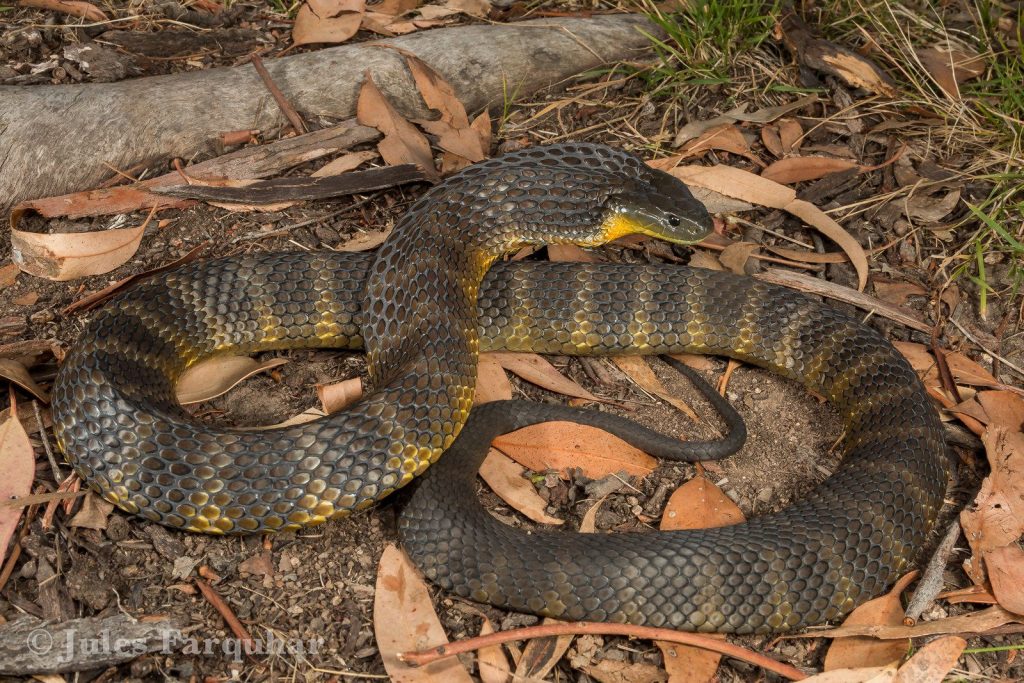
The Common Death Adder is an ambush predator with the world’s quickest strike, capable of executing a lightning-fast assault in less than 0.15 seconds. It is found in New South Wales, Oueensland, South Australia, Victoria and the southern coastal areas of Western Australia, responds to a threat by camouflaging itself.
Which African snake is the most lethal?

The “black,” or black-mouthed, mamba, lives in rocky savanna and appears to like termite mounds. Its name comes from the blackened interior of its mouth, which ranges in colour from grey to dark brown.
The black mamba is a slender, agile snake that can attain speeds of up to 19 kilometres per hour in brief bursts over open terrain. It may grow up to 4 metres long. The black mamba is feared for its size and speed, as well as its exceptionally strong venom, which kills a majority of its human victims, thus making it one of the most venomous snakes in the world. However, despite its violent reputation, there has been no evidence of unprovoked attacks on people, and it is responsible for just a tiny number of deaths each year.
What is the world’s longest poisonous snake?
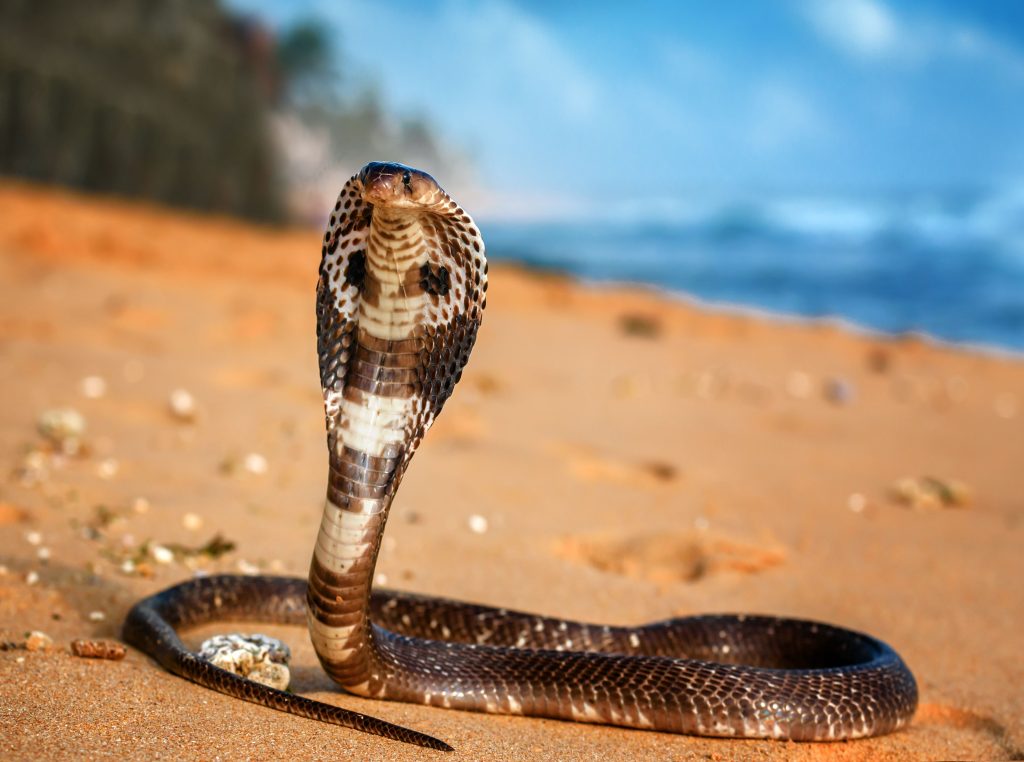
The king cobra, also known as the Ophiophagus hannah, is the longest of the venomous snakes. It averages 3 to 4 m in length and is native to India and Southeast Asia including the Philippines and Indonesia.
The king cobra is an apex predator with a 50% mortality rate for untreated human bites. These snakes display their length best when they are protective or need to look over thick grass or shrubs. They will elevate their head to roughly one metre above the ground and may even chase danger while in this position. They will hiss and compress their neck ribs into a hood, giving them the characteristic cobra form, as an extra fright strategy.
The longest king cobra:
The longest specimen on record was captured in April 1937 in Port Dickson in Negeri Sembilan, Malaysia, and shown at London Zoo. This snake had grown to 5.71 m by fall 1939. Unfortunately, it had to be exterminated, along with the zoo’s other dangerous snakes, at the onset of World War II in order to protect the general population.
What is the most dangerous sea snake?
The Hook-nosed Sea Snake (Enhydrina schistosa) is the world’s most venomous sea snake. This snake dwells in the seas off the coasts of Australia, New Zealand, and Asia. Moreover, it frequently becomes entangled in fishing nets and attacks unwary fishermen.
Habitat and diet:
The Hook-nosed Sea Snake favours sea catfish but may eat pufferfish as well. Most appear to be born in the muddy tidal waters of the Malacca Strait, the primary shipping corridor between the Indian and Pacific Oceans. They may stay for up to a year before moving further out to sea.
Which is the most venomous snake in India?
The common krait (Bungarus caeruleus) is the most venomous of snakes in India. It contains an exceptionally strong presynaptic neurotoxin that prevents impulses from nerve terminals from being transferred to muscle receptors. Although the venom contains a few additional neurotoxic compounds, it lacks cytotoxic (affecting cells/tissue), haematotoxic (affecting the blood), and other components. The venom affects the neurological system and causes the sufferer to experience a “system shutdown” .
Share with your friends

